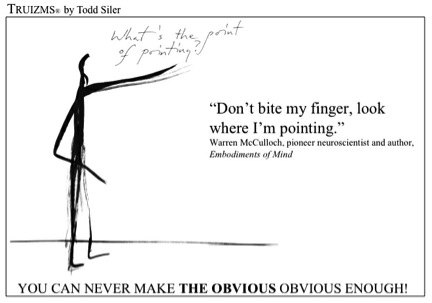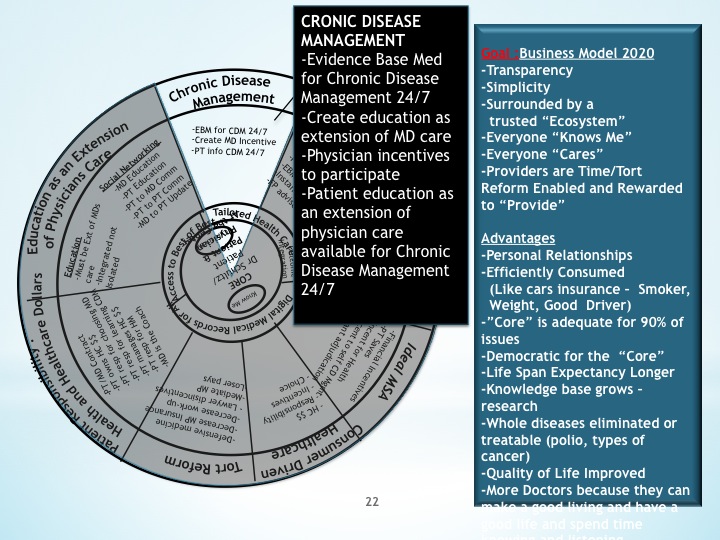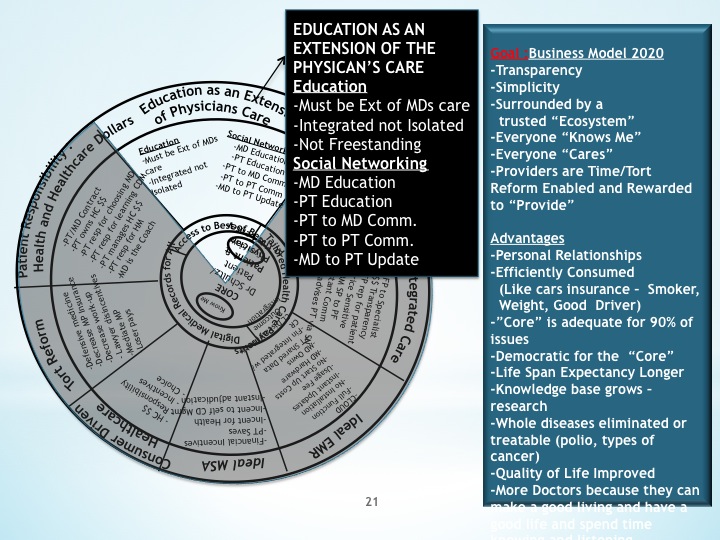Romneycare 2012 vs. Obamacare
Stanley Feld M.D.,FACP, MACE
Recently President Obama said his Healthcare Reform Act at its core is the same as Romneycare.
Romneycare is different. Romneycare gives a tax credit to people who purchase insurance. Obamacare penalizes those who do not purchase insurance.
Governor Romney wanted to incentivize people to be responsible and buy insurance while President Obama wants to expand an entitlement and increase public dependency on government.
Mitt Romney admits the bill was not ideal. There were things he wanted in the bill but the Democrat controlled Massachusetts legislature refused to let him put them in.
This You Tube represents a recent defense of his bill. He has pledged to repeal Obamacare if elected President.
I predicted that cost overruns would get to a point where the state of Massachusetts would have to force physicians to participate in Romneycare as a condition for state licensure.
“The New Romneycare” is going to penalize the good hospitals that keep people alive and reward hospitals where those people would die. The good hospitals’ readmission rates would be higher than the hospitals where patients died. If a patient died in the hospital the overall readmission rate would fall.
This example illustrates one problem with the interpretation of remote claims data.
President Obama’s Healthcare Reform Act (Obamacare) will end in failure just as Romneycare has only on a grander scale with greater deficits and less access to medical care.
Both Romneycare and Obamacare have the same defects. Neither gets to the core of the problems in the healthcare system.
Another core problem with the healthcare system is the financial abuse of healthcare insurance. Both the state of Massachusetts and Obamacare are dependent on the healthcare industry to provide administrative services for government run plans.
The insurance companies take 40% of the healthcare dollar and blame physicians and hospitals for the rising costs. The 40% is disguised under direct patient care in its financial statements.
An important factor in rising costs is the increasing administrative paperwork for hospitals and physicians for government information gathering. It leaves less time for patient care.
Policy wonks make up rules resulting in the increased documentation in the name of increased quality care. No one has defined quality care precisely.
In 2009 President Obama bailed out Romneycare to the tune of 8 billion dollars.
The mainstream media constantly reports that over ninety plus percent of the population is insured. Reportedly the patients are happy.
No one reports the appointment and emergency waiting times.
There is very little negativity in our press about the Canadian healthcare system. This You Tube presents a former Canadian physician’s experience.
Governor Romney must stop defending RomneyCare. It is a hollow defense.
I could not find any negative press in the Boston Globe about the Massachusetts plan in a long while. The August 3, 2012 Wall Street Journal has a devastating article about the Massachusetts Plan.
The headline was, “With costs rising fast, Massachusetts moves to dictate medical care.”
My inevitable postscript for Romneycare is cost containment with price controls and the increased bureaucratic dictating how medicine should be practiced.
Rather than Democratic Governor Deval Patrick trying to patch the law and make things worse he should repeal the law and deal with the underlying problems.
“The claim then, as with the Affordable Care Act, was that health care would be less expensive if everyone had insurance.”
The claim seems naïve to me if there is no cure for the healthcare insurance industry taking 40-60% off the top and defensive medicine is not reduced through tort reform.
Unless the healthcare industry is consumer driven “bending the cost curve” will not happen.
So what in happening in Massachusetts?
1. 79% of the newly insured are on public programs.
2. Health costs—Medicaid, Romneycare's subsidies, public-employee compensation—will consume some 54% of the state budget in 2012 up from about 24% in 2001.
3. Health spending in real terms has jumped by 59%.
4. Spending for education has fallen 15%, police and firemen by 11% and roads and bridges by 23%.
5. Massachusetts spends more per capita on health care than any other state.
6. Costs are 27% higher than the U.S. average.
Healthcare premiums and taxes are rising and the physicians are the target instead of the health-care insurance industry.
1. Under the plan, all Massachusetts doctors, hospitals and other providers must register with a new state bureaucracy as a condition of licensure—that is, permission to practice.
2. They'll be required to track and report their financial performance, price and cost trends, state-sanctioned quality measures, market share and other metrics.
3. An 11-member board known as the Health Policy Commission will use the data to set and enforce rules to ensure that total Massachusetts health spending, public and private, grows no more than projected gross state product through 2017, and 0.5 percentage points lower thereafter.
4. The data collected will be claims data and it will stink. If past results are a predictor of future results price control do not work.
5. No registered provider is allowed to make "any material change to its operations or governance structure," the bill says, without the commission's approval.
6. The commission can also rewrite the terms of provider contracts with insurers and payment levels and methods if they are "deemed to be excessive."
7. The commission can decide to supervise the behavior of any provider that exceeds some to-be-specified individual benchmark.
8. These delinquents must submit a "performance improvement plan" that the commission must endorse.
9.The commission is empowered to control the practice and organization of medicine.
10. Some complain this government control is too weak because the delinquents can only be fined $500,000 for disobeying the commission's dictates.
What ever happened to individual freedom of choice and other freedoms?
It is obvious that Romneycare is a bust and getting worse.
However in my view Romneycare is a pretty tame failure compared to what is going to happen down the road with Obamacare.
Everyone agrees that the healthcare system needs to deliver medicine more efficiently and be more accountable.
But.
Accountable to whom?
The healthcare system must become more accountable to consumers. The only system that will work is a consumer driven healthcare system with the consumers responsible for their healthcare dollars.
I believe is important for our elected officials to do well.
However it is more important to do well doing the right things.
Our government is not doing the right thing for the people with Obamacare.
It is only going to make things worse as government tries to exercise more control.
The opinions expressed in the blog “Repairing The Healthcare System” are, mine and mine alone
Please have a friend subscribe




Hey! I was pleased as soon as I loaded this web page of your blog. What was the biggest reason the moment when you to create your future website?